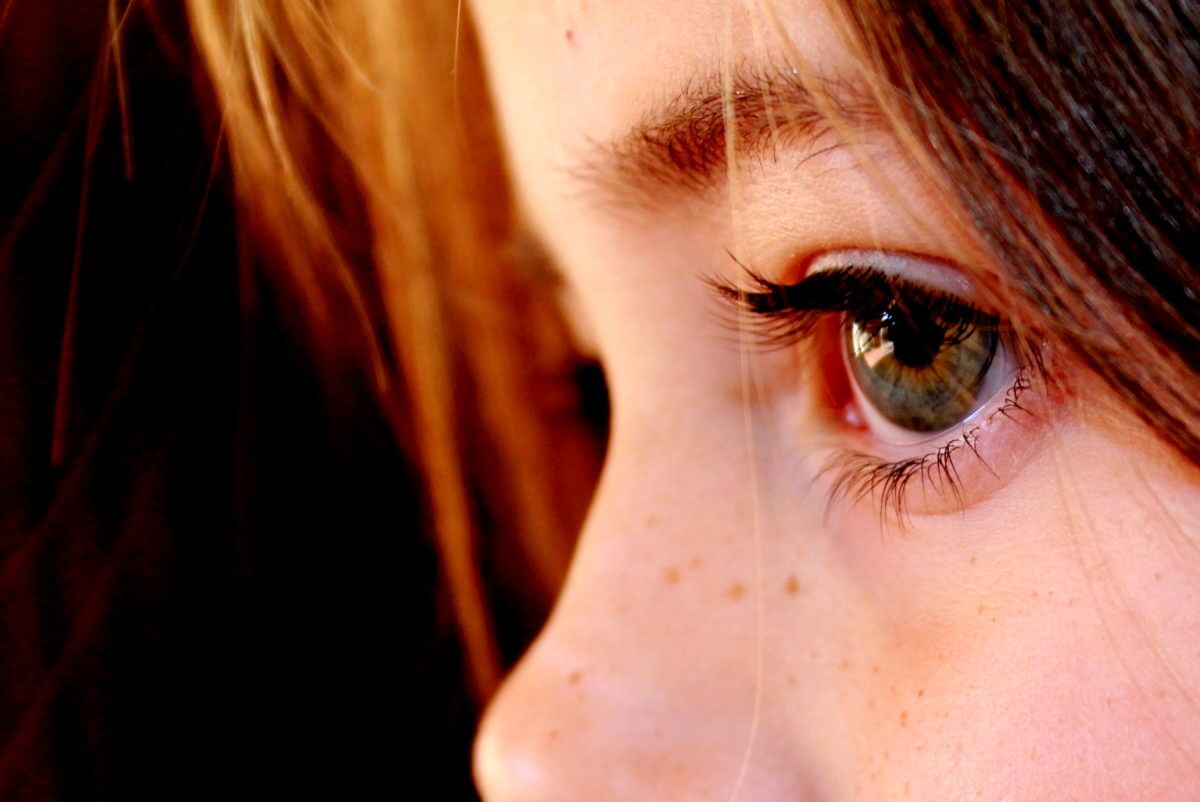Outdoor Play Shown to Reduce Short-Sightedness in Children

Being Short-sighted is now a lot more common than it once was. The National Eye Institute recently found that Myopia (the medical term for the condition) has soared by 66% among Americans since the early 1970s. Even more shockingly, it was estimated that as many as 90% of recent high school graduates in China and other East Asian countries could be suffering from short-sightedness.
Myopia develops when the eyeballs grow to be slightly too long. This changes the angle that light enters the eye and means that those suffering from the condition are unable to focus on distant objects. The disorder comes from a combination of genetically inheritance and environmental factors which begin during childhood when the eye growing. It can, however, worsen in early adulthood.
Some experts have connected the rise in Myopia with the many hours spent by young people staring at computers and other screens. However, a study published in JAMA Ophthalmology earlier this month contradicted such opinions. The study found that short-sightedness is on the rise because children are staying indoors more and spending less of their time outside.
This new study is part of a growing body of work which suggests that a lack of direct sunlight can reshape the human eye and impair vision. Staff at King’s College London and the London School of Hygiene and Tropical Medicine conducted research into these claims. They examined the vision of more than 3100 older European men and women and asked them about their experiences of spending time outside at each stage of their lives, as well as taking details on their education and careers.
Their biographical information was cross-referenced with historical data about sunlight, which had originally been compiled for research on conditions such as skin cancer. The researchers found strong correlations between the current eyesight of the volunteers and their lifetime exposure to sunlight.
Volunteers who had gotten the most sun between the ages of 14 and 19 were 25% less likely to have developed myopia by the time they were middle-aged. It was also discovered that exposure to sunlight up to the age of 30 had a protective benefit.
The study was headed by Katie Williams, a clinical research fellow at King’s College London. She commented that “people with Myopia have long eyeballs so there must be something in sunlight that affects how the eye grows, especially in childhood”.
While it’s evident that there are also plenty of harmful impacts of direct sunlight such as the risk of developing cataracts and skin cancer, Williams says that young people should still have access to the outdoors on sunny days, with appropriate cautions such as avoiding midday sunlight and using sunscreen. Whether it’s done abroad or at home, Williams believes that spending regular time outdoors is the key to bolstering children’s vision.

